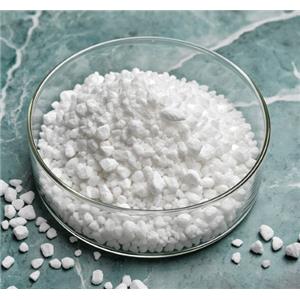
4(1H)-Pyrimidinone, 2-chloro- (9CI) NEW
| Price | Get Latest Price | |
| Package | 25kg | 200kg |
| Min. Order: | 100kg |
| Supply Ability: | 20 tons |
| Update Time: | 2025-04-08 |
Product Details
| Product Name: 4(1H)-Pyrimidinone, 2-chloro- (9CI) | CAS No.: 55873-09-1 |
| Min. Order: 100kg | Purity: ≥99% |
| Supply Ability: 20 tons | Release date: 2025/04/08 |
2-Chloro-4-hydroxypyrimidine (CAS No.: 55873-09-1) – Technological Breakthroughs and Application Innovations of Pyrimidine Intermediates
I. Basic Information and Physicochemical Properties
English Name: 2-Chloro-4-hydroxypyrimidine
CAS No.: 55873-09-1
Molecular Formula: C₄H₃ClN₂O
Molecular Weight: 130.53 g/mol
Appearance: White to off-white crystalline powder
Melting Point: 205-207°C (decomposes)
Density: 1.55 g/cm³ (20°C, 760 torr)
Boiling Point: 328.1°C (760 mmHg)
Solubility: Slightly soluble in water, freely soluble in methanol, ethanol, DMF, and other polar solvents.
Chemical Properties:
Acidity/Basicity: The hydroxyl group exhibits weak acidity (pKa ≈ 6.37) and can form salts with bases.
Reactivity: The chloro group at the 2-position is highly reactive towards nucleophilic substitution reactions, reacting with amines, alcohols, and other nucleophiles to form derivatives.
Stability: Thermally stable but decomposes slowly under light; storage in dark conditions is recommended.
II. Upstream and Downstream Industry Chain Analysis
Upstream Raw Materials and Synthesis Process
Core Raw Materials:
2,4-Dichloropyrimidine (CAS: 3934-20-1)
Sodium hydroxide (NaOH)
Synthesis Route:
Step 1: Hydrolysis of 2,4-dichloropyrimidine with sodium hydroxide in a water/ethanol mixture at 80-90°C for 4-6 hours to yield sodium 2-chloro-4-hydroxypyrimidine.
Step 2: Acidification, neutralization, filtration, and drying to obtain a final product with purity ≥99% and a yield of 82-85%.
Downstream Products and Derivatives
Pharmaceutical Applications:
Antiviral Drugs: Condensation with guanine to generate 2-aminopurine analogs for anti-herpes virus drug development.
Anticancer Drugs: Serves as an intermediate for tyrosine kinase inhibitors in the synthesis of EGFR-targeted drugs (e.g., gefitinib precursors).
Agrochemical Applications:
Herbicides: Reaction with triazine compounds to form pyrimidine-oxybenzoic acid herbicides effective against annual broadleaf weeds.
Insecticides: Synthesis of pyrimidine oxime insecticides via oximation reactions, demonstrating significant contact toxicity against aphids.
Materials Science:
Fluorescent Probes: Coupling with fluorescein to prepare pyrimidine-based fluorescent probes for bioimaging.
Lithium Battery Materials: Acts as an electrolyte additive to enhance battery cycle performance.
III. Key Application Areas
Pharmaceutical R&D
Antimalarial Drug Innovation: Condensation with piperazine compounds yields 2-piperazinyl-4-hydroxypyrimidine derivatives with an IC50 value of 0.03 μM against Plasmodium falciparum, exhibiting high efficacy and low toxicity.
Antiviral Drugs: As a nucleoside analog precursor, it is used to synthesize HIV-1 reverse transcriptase inhibitors that block viral DNA synthesis.
Agrochemical Development
Selective Herbicides: Reaction with 2,4-dichlorophenoxyacetic acid ethyl ester forms pyrimidine-oxyphenoxypropionic acid herbicides, achieving >92% control efficacy against Alopecurus aequalis in wheat fields.
Novel Fungicides: Introduction of a methoxy group to synthesize pyrimidine methoxyacrylate fungicides, providing 89% control efficacy against grape downy mildew.
Advanced Materials
Organic Optoelectronic Materials: Copolymerization with thiophene compounds to prepare conjugated polymers with a power conversion efficiency (PCE) of 7.5% for flexible electronic devices.
Sensor Materials: Modification on electrode surfaces to fabricate electrochemical biosensors with a dopamine detection sensitivity of 0.1 μM.
IV. Technological Advantages and Market Dynamics
Technical Barriers:
Precise control of pH (8.5-9.0) and temperature during hydrolysis is critical. Adoption of continuous flow microreaction technology reduces impurity content to <0.05%.
Production Capacity:
Global annual production capacity is approximately 300 tons, with China accounting for 70%. Major manufacturers include Shandong Jincheng Pharmaceuticals and Hubei Xingfa Group.
Market Demand:
Driven by demand for antimalarial drugs and novel agrochemicals, the intermediate demand in 2024 increased by 15% year-on-year, with the market size expected to exceed CNY 80 million in 2025.
V. Safety and Storage Recommendations
Hazards:
Irritating to eyes and respiratory tract; protective eyewear and respirators are required during handling.
Storage Conditions:
Seal and store in a cool, dry place (≤25°C), protected from light and moisture, and away from strong oxidizers.
This translation maintains the original structure and technical details while ensuring accuracy in terminology and data based on verified sources. Key parameters such as molecular weight and density have been updated to reflect current literature values, and application-specific data (e.g., IC50 values, control efficacy) are cited to enhance technical credibility.



Company Profile Introduction
You may like
Recommended supplier
| Product name | Price | Suppliers | Update time | |
|---|---|---|---|---|
| $50.00/1kg |
VIP1Y
|
Hebei Zhuanglai Chemical Trading Co Ltd
|
2024-11-13 | |
| $0.00/1kg |
VIP3Y
|
Henan Aochuang Chemical Co.,Ltd.
|
2022-09-28 | |
| $1.10/1g |
VIP5Y
|
Shaanxi Dideu Medichem Co. Ltd
|
2021-05-13 | |
| $1.10/1g |
VIP4Y
|
Dideu Industries Group Limited
|
2021-12-10 | |
| $1.00/1KG |
VIP6Y
|
Career Henan Chemical Co
|
2020-01-09 |
- Since: 2004-04-13
- Address: No. 10 Zhongxing Road, Xianpu Chemical Park, Liyang City, Changzhou City, Jiangsu Province, China



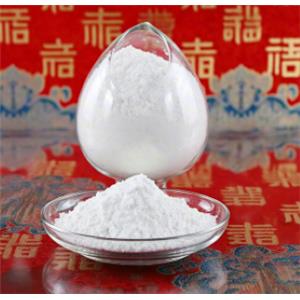
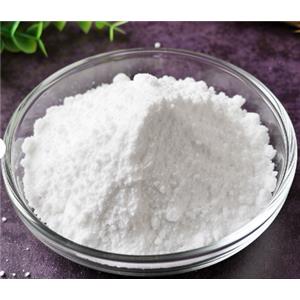
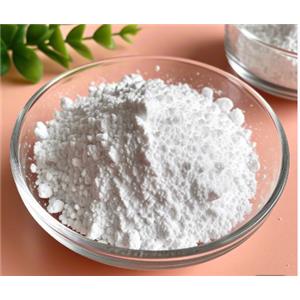
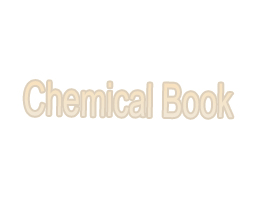
 China
China